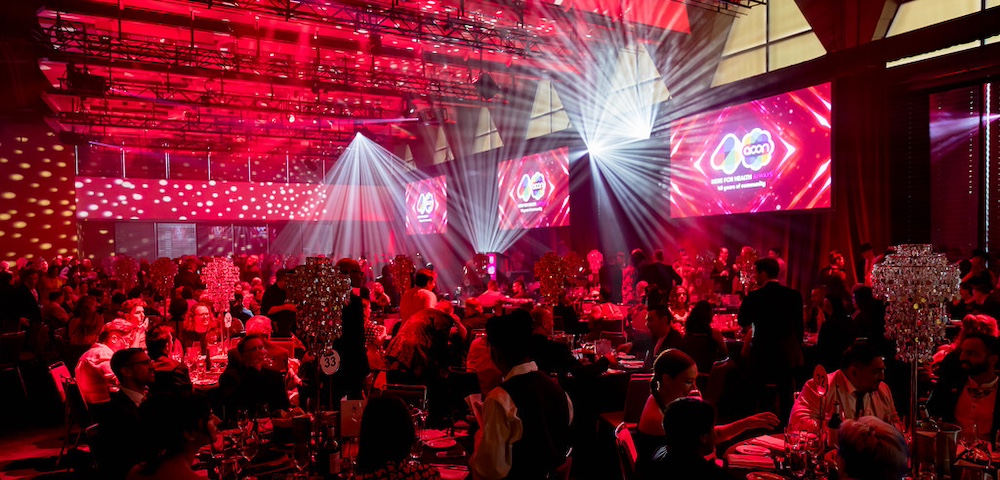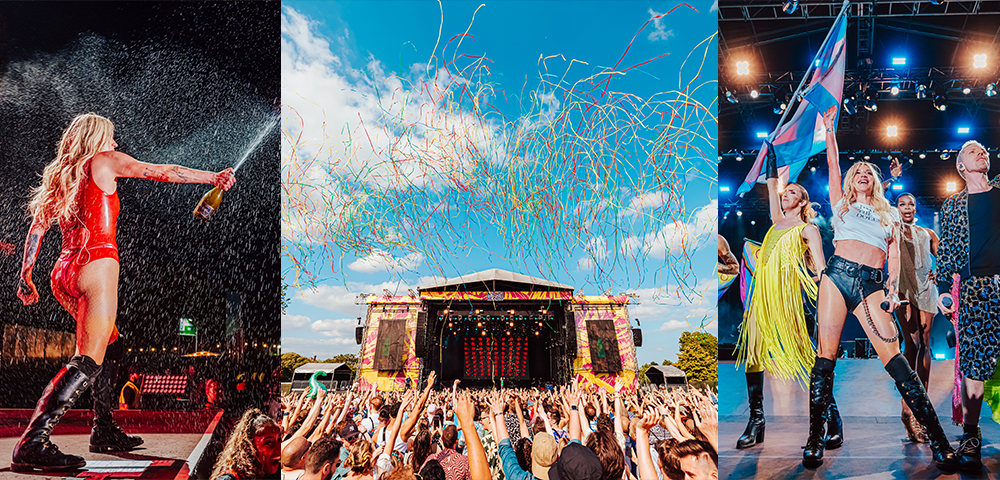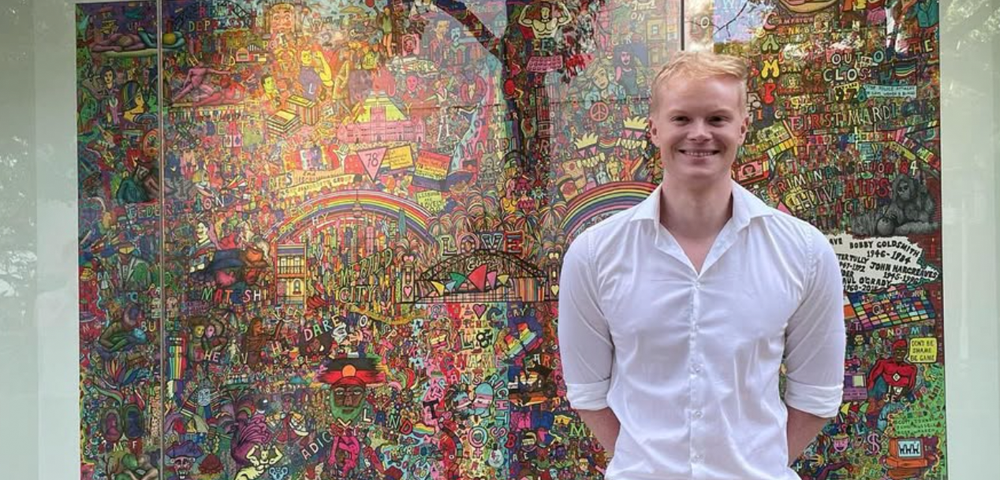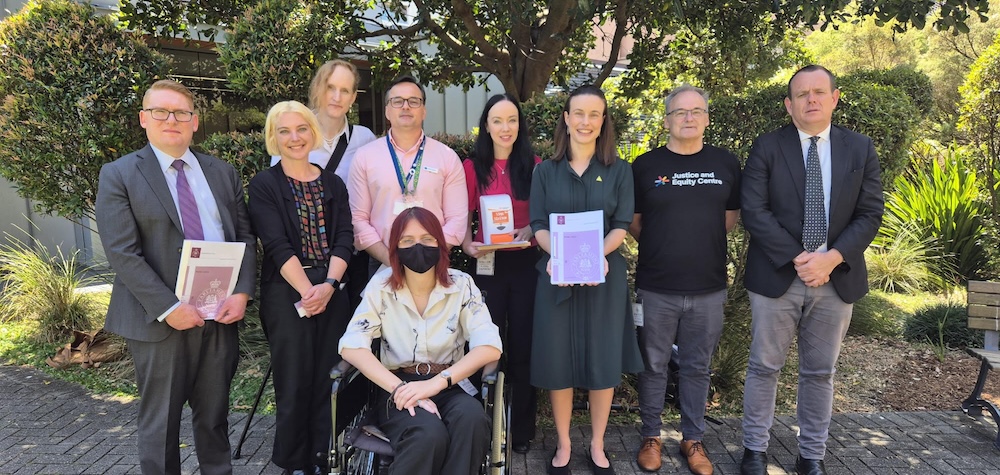
The un-Australian homophobia dilemma
It was an unusual situation, sitting in a room where words like fag had been replaced with 80 straighty. The dominance of heterosexuality had been flipped on its head. I was now the -˜other’.
A man called Allan yelled: Are there any envelopes in that box? pointing to the table in the centre of the room.
His partner Matty hopped up and flung the box open, revealing packets of unused condoms and lubricant.
As my eyes darted straight ahead, I couldn’t help but feel a little awkward.
It was not a typically intimidating situation, people sitting in a circle having a discussion, but being an 80 straighty, as Allan calls heterosexuals, at an activist meeting for homophobia, surrounded by condoms, made me less than comfortable.
But these initial feelings, a response to something unfamiliar and different, wore off, and I began to ease into my chair.
Although Matty and Allan are around 40 or 50 years old, it was like watching children. They spluttered chocolate and Cheezels out of their mouths as they spoke, excited to tell their stories, fighting each other to speak and finishing each other’s sentences.
Sure they were a little crude, but why would anyone hate them? They were funny, hard-working (they do 14 hours a day at their cafe) Aussie blokes.
We don’t bug anybody but the bullshit we gotta put up with, says Allan, shaking his head.
You just get the immature narrow-minded bigots that just can’t accept that life is a combination of many things, not just 80 straighties.
Only a few weeks ago, Matty and Allan’s home was broken into. A few days later, when the forensic police were investigating their home, Matty noticed his new neighbour, who’d moved in three weeks ago, standing in the middle of his front lawn.
Can I help you mate? asked Matty.
Who the fuck are you? Replied the neighbour. Why don’t you fuck off back inside you homo.
It was at this point that Matty said he began to verbally attack the man, responding to taunts such as: Why don’t you bend over for your fat cunt mate.
As soon as the forensic police left, the neighbour took the fight to the next level, egging the couples home and car, before walking up to their doorstep and backhanding Matty in the face.
I just turned around and said -˜Thanks mate, get fucked’, says Matty.
How immature is that? Allan repeatedly questioned, with his eyes as well as his words, gently squinting them as if the pain of the situation was weighing his eyelids down.
Sadly, as they persistently reminded me, this is just one of the many stories they have to tell.
Looking at the world through heterosexual eyes, it is easy to believe that homophobia is a thing of the 1980’s. With shows on television like Will and Grace and Queer Eye For The Straight Guy, and the Internationally known Mardi Gras in Sydney celebrating homosexuality, a fa?e is created which gives the impression that Australian society wholly accepts the gay and lesbian community.
And while it is true that the 1980s saw recognition of the homosexual lifestyle in legislation, which continued into the 1990s, it is also true that more homophobic bashings occur during the Sydney Mardi Gras than any other time of year. It is true that just one week before Matty was backhanded on his own property, at least three homophobic assaults occurred on Oxford St. It is also true that every time Matty and Allan step into their front yard, they have to listen to the neighbour across the street calling them poofters.
The actual numbers on homophobic violence are unknown. Carl Harris, the coordinator of the Lesbian Gay Anti-Violence Project (AVP), says about one in 10 assaults are reported to the AVP, which has its own report line, and even less are reported to the police. In 2006, the AVP decided to give people who reported assaults to them the option of having the details passed on to the Surry Hills Local Area Command.
In 2006, the AVP received 72 reported assaults. This year, so far, they have received 34.
There are areas where people feel less safe. On Oxford St, people just don’t feel safe there anymore, says Harris.
The continued homophobic violence on Oxford St prompted South Sydney City Council to work in conjunction with the AVP on the Safe Place Program, where local businesses displaying a sticker on their windows become safe havens for homosexuals to go when they are feeling threatened. There are about 200 in NSW, mainly around Oxford St. The AVP also runs a self-defense workshop at its office in Darlinghurst.
When we have a federal government that bans and discriminates against same sex relationships, it’s a green light for people to express homophobia, says Harris.
Recent figures on homophobia, released in 2006 in the Private Lives report, surveyed 5476 gay, lesbian and transgenders. Sixty per cent had experienced insults and verbal abuse. One in 10 had received obscene mail or phone calls and over one third had been socially excluded. Just under a quarter had been threatened with violence, but in the case of gay men, one in five had been physically attacked.
Verbal and physical assaults have increased, says Rachel Evans, spokeswoman for CAAH Community Action Against Homophobia.
It’s disgusting, it’s really foul.
Along with Carl Harris, Evans believes it is the government that perpetuates homophobia through discriminative legislation.
It’s pretty personal, I’m a lesbian and the laws the government makes and the homophobia they espouse effects me personally, Evans said.
The bigots on the street are taking lead from the Government, the government are fuelling it without a doubt.
When the same sex marriage ban was talked about, there were Christian groups saying -˜homosexuals are the moral terrorists of the 20th century’, that we are -˜psychologically disturbed.’ When the government heard these remarks John Howard and even the ALP said ok this is great, we’re going to pass the same sex marriage ban.
There’s no political figure who’s come out and said, -˜this must be stopped’.
While legislation still has a long way to go in recognising homosexual couples and has been responsible for espousing homophobia by passing legislation which discriminates against them, Dr Kerry Robinson who researches homophobia in education at UWS, believes homophobia is about the way Australians view sexuality.
Anyone who’s different, not even identified as gay, anyone who does gender differently is seen as problematic in some way, she said.
Everything is looked at in our society through heterosexual eyes. There’s a bias that exists in society, that sets heterosexuality up as the norm. Heterosexuality is better, more appropriate and has the right to be more powerful.
Young men look at homosexual men and feel threatened because they’re not displaying heterosexual masculinity. Engaging in violent behaviour is about reinforcing their own masculinity in their peer groups. This behaviour demonstrates that they are appropriate masculine beings in front of their peers.
So there’s social controls to put people in their place. Bashing people is a violent way of control, of saying, -˜It’s not ok to be who you are’, Dr Robinson said.
A violent way indeed, especially for the one in five gay men who, as the Private Lives report reveals, are assaulted because of their sexuality.
With such an alarming rate of people are being assaulted on the basis of their sexuality, it becomes obvious that homophobic attitudes run deeper and more widely than most people care to recognise. Whether this is in fact, as Dr Robinson explains, due to the way society views sexuality, or due to discriminative legislation which implies that homosexuality is not equal to heterosexuality, or a combination of both, the fact is that people are being threatened, socially excluded and physically attacked, on the basis of their sexuality, in what is supposed to be a democracy. It’s time that Australian society and the government recognise how un-Australian that is and take action.









